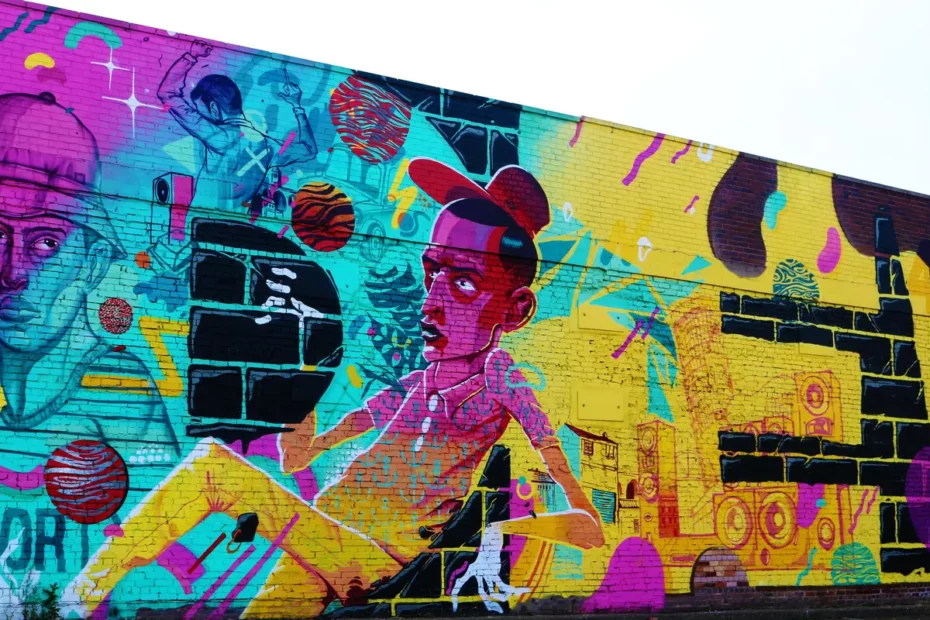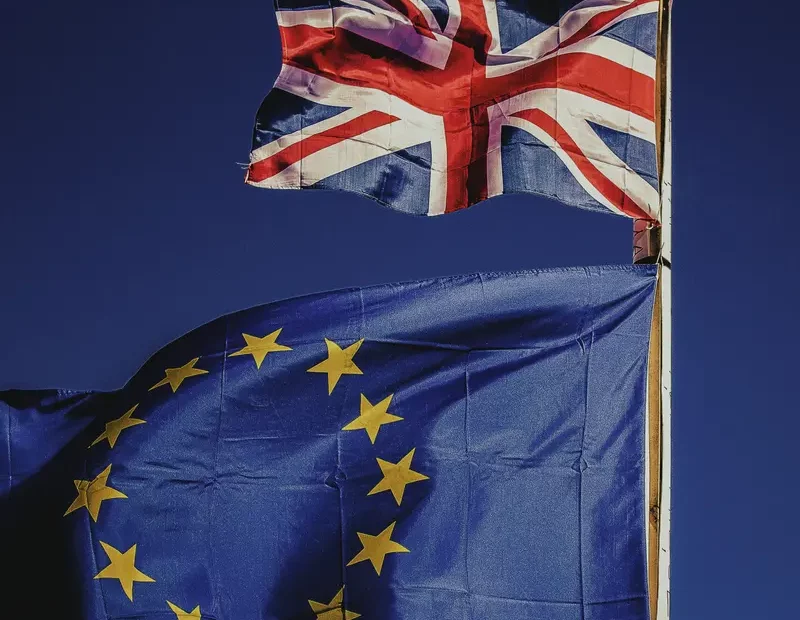This is the second report from the Creative Radar series, by PEC researchers at the University of Sussex, and funded by the AHRC. The authors analysed data from a survey of creative businesses initially carried out just before the COVID-19 pandemic, and then again a year later.
The first report scraped data from the websites of 200,000 creative businesses to create a map of the UK’s creative industries. This mapping process uncovered hundreds of creative ‘microclusters’ around the UK. This is where creative businesses outside of big cities like London and Manchester ‘clustered together’ leading to them gain economic benefits from being physically close to one another.
This latest analysis has examined these micro-clusters in more detail, and has found that the creative economy over the last year was surprisingly resilient. Of course, some sub-sectors, particularly Music, Performing Arts and Visual Arts, have been hard hit by the pandemic and lockdown – with venues having to close their doors and thousands of freelancers and self-employed workers out of work.
But other creative businesses have managed to survive and even thrive. And the researchers found that, perhaps unexpectedly, this was as true for those operating within creative microclusters in places such as rural Wales or small midlands towns, as it was for those businesses in large cities. These microclusters are small engines of economic growth. Creative businesses inside a microcluster grew their employment more than companies outside of microclusters or larger clusters.
It is vital that, as the country begins to recover from the COVID-19 pandemic, the government makes sure that investment into the creative industries is spread evenly around the UK.
This report is being published as part of the PEC’s campaign Creative Places, which is calling for the government to target funding to creative microclusters around the UK.
Please reference this paper as:
Siepel, J., Velez-Ospina, J, Camerani, R., Bloom, M., Masucci, M. and Casadei, P. 2021) Creative Radar 2021: The impact of COVID-19 on the UK’s creative industries. London: Creative Industries Policy and Evidence Centre and Sussex University. Available from: https://www.pec.ac.uk/research-reports/creative-radar-2021-the-impact-of-covid-19-on-the-uks-creative-industries
Image of the Graffiti Art of Digbeth Walk in Birmingham, England by Creative Nerds
Related Research Reports
The impact of overseas mergers and acquisitions on UK video games industry
A new scoping study on the economic consequences and potential market failures The BFI’s Resear…
Post-Brexit migration and accessing foreign talent in the Creative Industries
The UK’s departure from the EU has changed the way that British firms trade and work with Euro…
12 facts about the UK’s international trade in creative goods and services
Worldwide exports of creative goods exceeded 500 billion USD in 2015, with a 150% increase since 200…
The migrant and skills needs of creative businesses in the UK
This report details the results of a survey of employers commissioned by the Creative Industries Cou…




